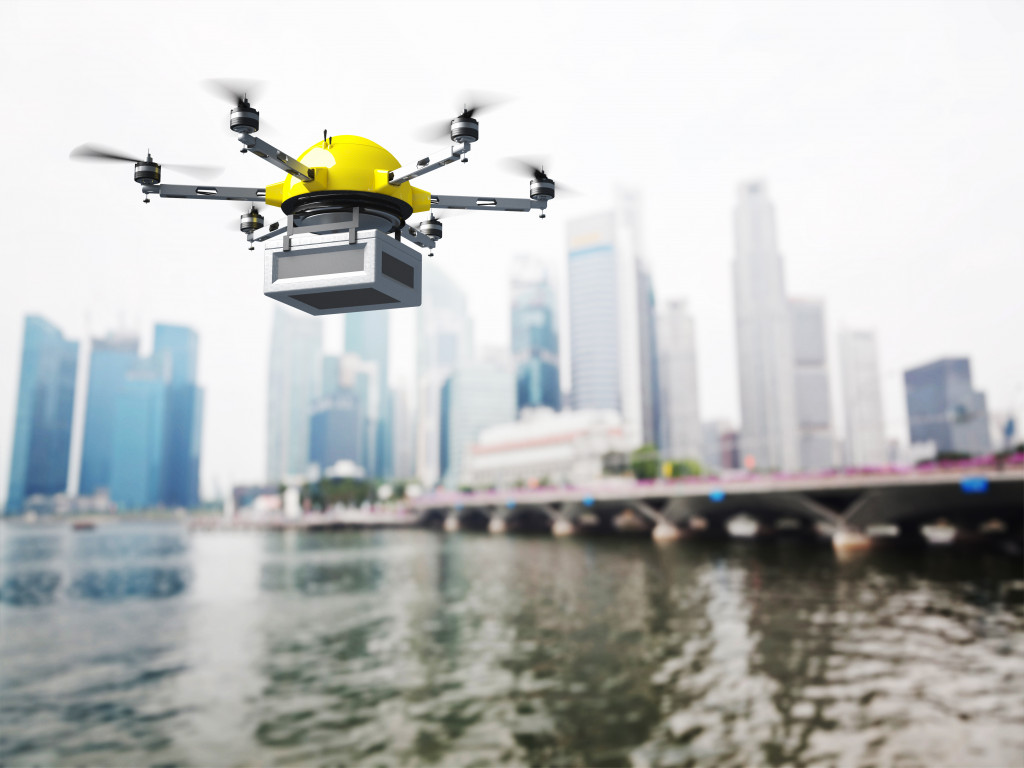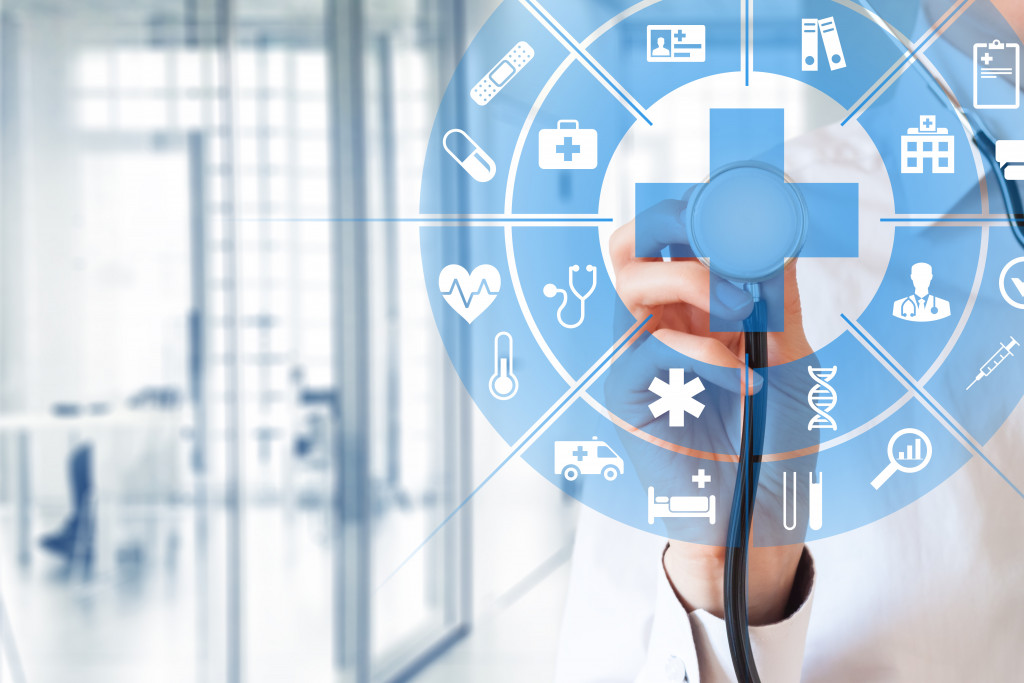The world revolves around technology. Technology is constantly evolving, and many can see it in the news unfold. It was not too long ago when only a few had heard of Twitter or Facebook. Today, everyone is on some form of social media. The same can be said about medical technology.
The medical industry is always on the lookout for new improvements that can help improve patient care and outcomes. Moreover, being a multi-billion dollar industry means that they can afford it. In recent years, there have been several new pieces of tech that have revolutionized the medical field. Here are some of the latest examples:
The Internet
Let’s start with something simple and something that everyone knows about: the internet. The internet has drastically changed the medical industry by providing new ways to communicate and share information.
Doctors would have to rely on word of mouth to find out about new treatments or procedures in the past. This would often lead to them being misinformed or not having all the information. The internet has allowed for a more open exchange of information, which has led to better patient care.
Additionally, the internet has made it easier for patients to research their condition. This has empowered patients and allowed them to take a more active role in their care.
Lastly, improvements in internet connection are making it possible for remote surgeries to happen. Some doctors can now operate on patients more than 500 kilometers away through the advancement of 5g internet connection and robots. This sounds like an idea from a sci-fi novel, but it’s now becoming a reality.
Virtual Reality
VR is an effective treatment for various mental health conditions, such as anxiety and phobias. VR can even be used to distract patients from pain. There are tons of ways VR is being explored in the medical industry. However, one of the most exciting ways it’s being utilized is surgery.
Some doctors are using VR to help plan surgeries. This includes looking at the patient’s anatomy in a three-dimensional environment and planning the surgery accordingly. VR can also be used during the surgery itself. For instance, surgeons can use it to control robotic arms performing the surgery.
It’s an interesting tech and one that’s changing the world.
3D Printing
This technology is being used to create everything from prosthetic limbs to custom medical implants. It can revolutionize how doctors treat patients by developing customized treatments specific to each individual.
One of the most exciting applications of 3D printing is in the field of organ donation. Scientists are currently working on ways to create artificial organs using 3D printing. This would solve the problem of not having enough donated organs available for transplant. However, a field in the medical industry is already utilizing 3d printing to its fullest extent.
Many in the dentistry field are in awe of what 3d printing can do. For example, many orthodontists are now 3d printers to print braces. They are less painful to wear and much more effective than traditional braces. They can also be made to fit each patient’s mouth perfectly. This results in a much shorter treatment time and fewer complications.
Drones

Drones are being used in various ways in the medical industry, from delivering supplies to carrying out remote surgery. As a result, they can make many aspects of healthcare faster, easier, and more efficient.
One of the most exciting applications of drones is in disaster relief. In the event of a natural disaster, drones can deliver medical supplies and personnel to areas that are difficult to reach. They can also be used to transport patients from remote areas to hospitals.
Drones are also being used to deliver prescriptions to patients. This is a faster and more efficient way to get prescriptions to patients, especially in rural areas.
It’s clear that drones are changing the medical field for the better. They are making it easier and faster to deliver supplies and aid to those who need it most. If certain hospitals require supplies urgently, drones can do it for them. Moreover, as mentioned earlier, the general family of robots can even help with surgeries, especially for surgeons performing it hundreds of kilometers away.
The medical industry is always on the lookout for new improvements that can help improve patient care and outcomes. This is good news for everyone, as it means that healthcare is constantly getting better. These are just a few examples of the latest tech revolutionizing the medical industry. With all of this new technology, who knows what the future of healthcare will look like?

